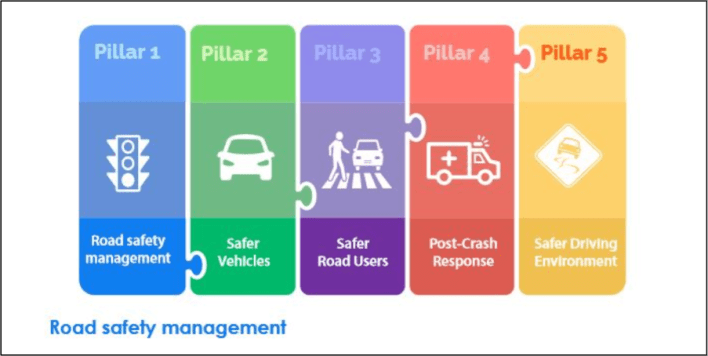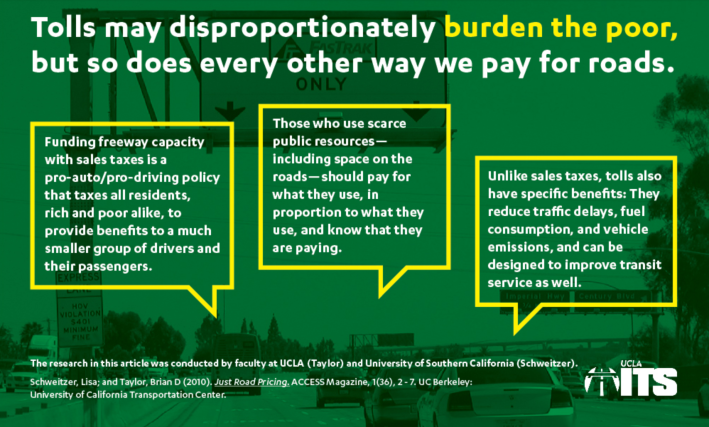The Vision Zero strategy provides a crucial blueprint for ending deaths on American roadways. But a prominent transportation researcher is arguing it doesn’t go far enough, because it’s missing a key ingredient: deliberate car reduction.
Vision Zero encourages communities to tackle their traffic-violence problems from five strategic angles, also known as the “five pillars of road-safety management.” But although some pillars might naturally result in fewer motor vehicle miles traveled in our cities — more enforcement that results in scofflaw drivers losing their licenses, for example — none of them explicitly advocates for policies designed to reduce the number of cars on our streets.
Victoria Transport Policy Institute director Todd Litman pointed out the omission in a recent article for Planetizen. “Although the United States has rigorous road and vehicle-safety standards, and numerous traffic-safety programs, it also has the highest per capita traffic death rate among developed countries,” Litman said. “Why? Because people in the United States also drive more than residents in peer countries.”
It’s not hard to guess why advocates are shy to get on the #BanCars bandwagon (or at least the #MakeDrivingSuckAgain bandwagon). In car-reliant communities where workers have no attractive alternatives to driving, it’s considered political suicide for decision makers to proclaim that they want to take away their constituents’ vehicles, or even simply make driving more inconvenient, uncomfortable or expensive. Misperceptions abound about how much tolling hurts the poor (it does, but every other way we fund roads hurts them even more) and the false belief that increasing gas taxes is regressive because low-income drivers have longer driving commutes (they do, but that's an argument to fix sprawl and jobs access, not an argument to subsidize driving.)
The result? Even the most outspoken voices in the American sustainable-transportation conversation tend to focus on building out protected bike infrastructure, or expanding transit, or increasing traffic enforcement against dangerous driving — and leave the car-reduction rhetoric to the Twitterverse.
But while leaving car reduction off the Vision Zero platform might seem practical, it’s almost certainly not the best thing for road safety. Research suggests that more “exposure to cars" raises a pedestrian’s risk of dying in a crash — a conclusion that might seem so painfully obvious it shouldn’t require a study, but that Litman argues is woefully under-recognized in U.S. road-safety practices.
“Conventional traffic-safety programs tend to assume that motor vehicle travel is overall safe, and so favor targeted strategies that reduce higher-risk driving, such as graduated licenses, senior-driver tests, and anti-impaired driving campaigns,” Litman said. “However, such programs generally fail because it is not feasible to reduce high-risk driving alone…All else being equal, increases in motor-vehicle travel increase crashes — and vehicle-travel reductions increase safety.”
Unlike America, other countries have embraced car-reduction strategies. London implemented a congestion charge in 2003, a move that reduced vehicle miles traveled by 14 percent and traffic-fatality rates by 25 percent. Global studies indicate that a one percent reduction in vehicle miles traveled generally results in a one percent drop in crashes. And it can't be stated enough: we're not just talking about a reduction in vehicle miles traveled by dangerous drivers – we're talking about a reduction in vehicle miles traveled period.
If you’re convinced that Vision Zero needs to add a sixth safety pillar — while still rigorously pursuing the other five — tune in on Monday, when we'll give you 10 car-reduction strategies for which you can lobby your local leaders. Hint: You might be surprised by how many already are in place on your roads.







